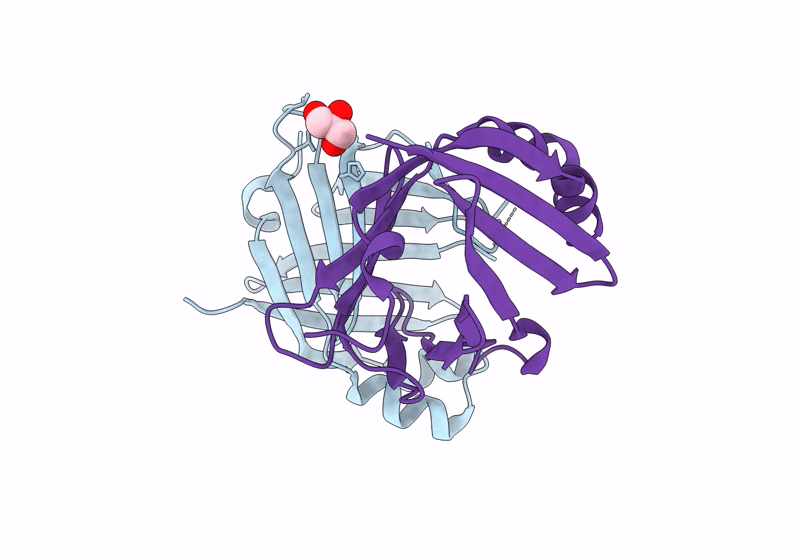
Deposition Date
2024-10-11
Release Date
2025-01-22
Last Version Date
2025-01-22
Entry Detail
PDB ID:
9DXI
Keywords:
Title:
Crystal structure of dimer Caenorhabditis elegans lipid binding protein 3 (LBP-3)
Biological Source:
Source Organism:
Caenorhabditis elegans (Taxon ID: 6239)
Host Organism:
Method Details:
Experimental Method:
Resolution:
2.17 Å
R-Value Free:
0.26
R-Value Work:
0.21
R-Value Observed:
0.22
Space Group:
P 21 21 21


